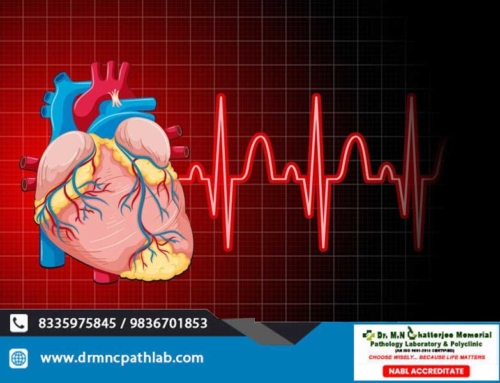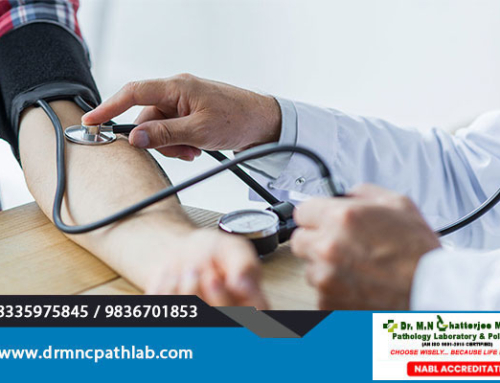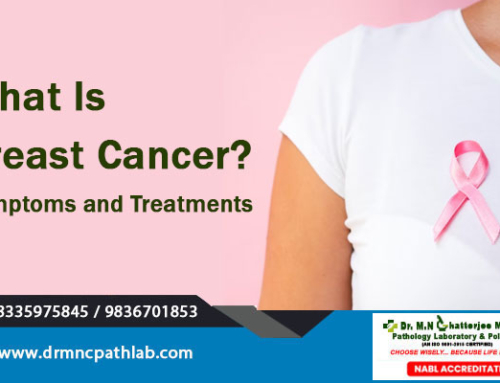Small and grainy growths in the skin developing mostly on your hands or fingers are common warts. These feel rough to touch. There is a pattern of tiny black dots in these warts. These dots are actually small, clotted blood vessels. Usually, a certain type of virus causes common warts and these get transmitted by touch. After the exposure of your skin to the virus, the wart normally takes two to six months to develop.
Characteristics
Your hands or fingers are the areas where common warts develop. These have the following characteristics:
- These are small, grainy and fleshy bumps
- These can be flesh-colored or in shades of white or pink
- These are rough to the touch
- Small, clotted blood vessels cover these warts
You should consult a doctor at the best polyclinic in Uttarpara if:
- Warts change in color or appearance.
- The warts are painful.
- The warts are creating a problem in your daily activities.
- The number of warts is increasing.
Causes
Human papillomavirus (HPV) is the main cause behind common warts. Normal skin contact or using shared objects lead to the spreading of most warts. Cuts or breaks in your skin further initiate the infection.
Risk factors
The risk of developing common warts is high in the following people:
- Young adults and children
- People who have weakened immune systems
Diagnosis
The diagnosis of a common wart is possible by the following procedures:
- Proper examination of the wart.
-
The top layer of the wart is scraped off by the doctor in order to check for clotted blood vessels. These have a common association with warts.
-
The shave biopsy process is the removal of a small portion of a wart and sending it to a diagnostic centre for proper analysis.
Treatment
There are different treatment options for common warts. Stimulating the immune system for fighting the virus and destroying the wart are the goals of the treatment. It may take weeks or months for the treatment to complete. When treating young children, the doctors normally go for the methods that are less painful. The doctor takes into consideration your symptoms, the location of your warts and your preferences while deciding the treatment option.
-
Freezing therapy (cryotherapy): The doctor applies the liquid nitrogen to your wart in this procedure. The freezing therapy leads to the formation of a blister around or under your wart. Within a few days, the dead tissue sloughs off. Your immune system also gets the necessary stimulation in this procedure for fighting viral warts.
-
Salicylic acid (stronger peeling medicine): The wart medicines containing salicylic acid slowly remove layers of a wart. This procedure is more effective when combined with freezing. The specialist at a doctor chamber in Uttarpara prescribes these medicines.
-
Other acids: The doctor uses trichloroacetic acid when freezing or salicylic acid isn’t a suitable option for the condition.
-
Minor surgery: The doctor often cuts away the tissue that is bothering you.
-
Laser treatment: The doctor burns (cauterizes) tiny blood vessels in pulsed-dye laser treatment. The wart falls off after the death of the infected tissue.






